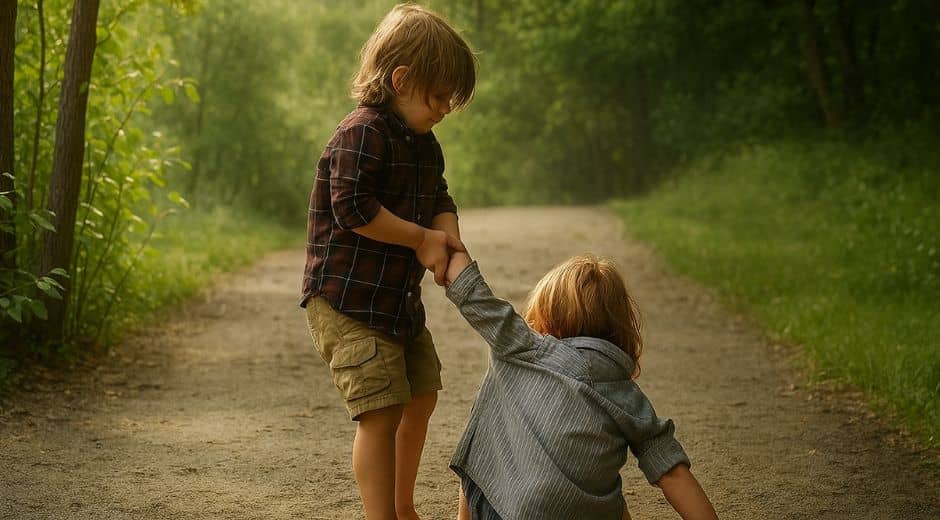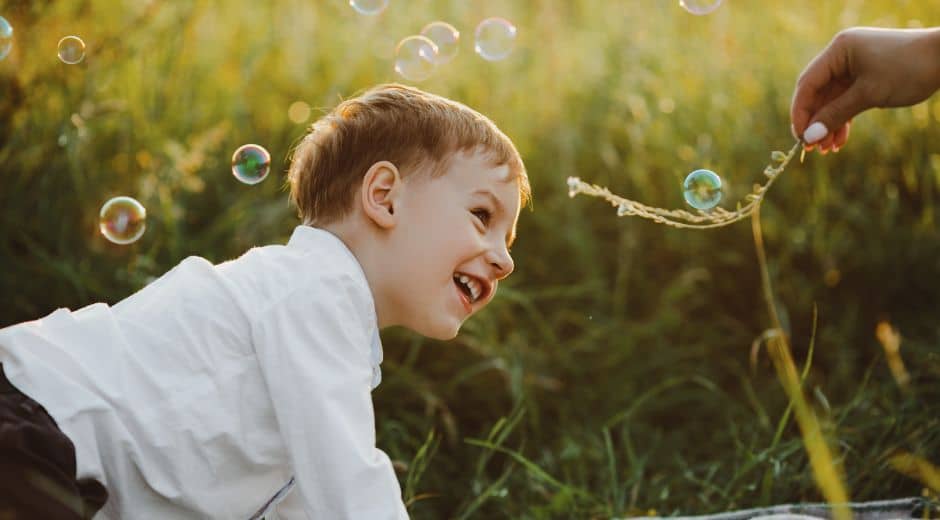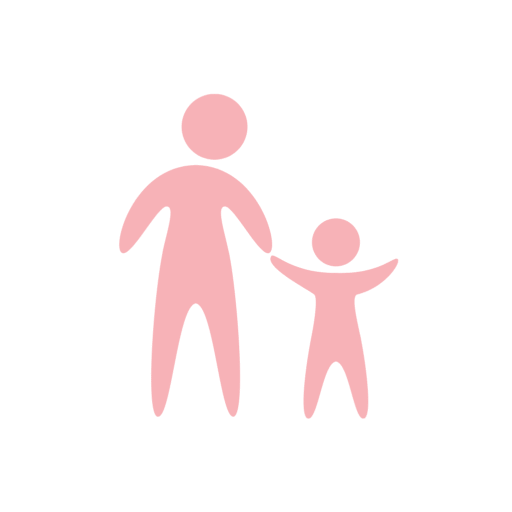Patience: 6 Brave Ways to Build Harmony at Home
In the ever-evolving rhythm of family life, Patience stands as one of the most courageous virtues a parent can cultivate. It’s not simply about waiting calmly—it’s about choosing empathy when frustration feels easier, compassion when chaos surrounds you, and love when exhaustion takes over. In a world that often demands instant results, parenting asks for something far deeper: a gentle, steady heart that knows when to pause, breathe, and begin again. True harmony at home starts with that very pause—the quiet, brave strength of Patience.
1. Breathe Before You React
Every parent faces moments when emotions run high—a spilled drink, an argument between siblings, a child testing every limit. These moments are not reflections of failure, but invitations to slow down. A deep breath is your first act of emotional leadership. It’s a reminder that you control the energy in the room. By modeling calm, you teach your children that peace can be chosen, even when life feels overwhelming. The beauty of Patience lies in its power to transform tension into understanding.
Research shows that when parents take a mindful pause before reacting, they reduce stress hormones and foster emotional resilience in children. That simple breath becomes a bridge between reaction and reflection—a brief moment that rewrites the atmosphere of your home. The next time frustration rises, try whispering softly to yourself: “Slow is strong.” It’s a mantra of emotional bravery, one that allows love to lead over irritation.
2. Replace Control with Connection
Children don’t need perfect parents—they need connected ones. Too often, we equate good parenting with control, structure, or discipline. Yet, when we shift focus from commanding to connecting, we allow space for empathy to flourish. Every challenging behavior hides a message. Behind the tantrum is a child overwhelmed by big emotions; behind defiance is a small person craving autonomy and validation.
When you approach your child with curiosity instead of correction, you teach them emotional literacy. “What are you feeling right now?” or “How can I help you feel safe?” are powerful questions that replace punishment with partnership. This doesn’t mean losing boundaries—it means grounding them in love. Patience is the bridge that lets your child feel seen instead of controlled. Over time, this trust nurtures cooperation more effectively than any form of strictness ever could.
3. Create Routines that Soothe
Children thrive in environments where rhythm replaces chaos. Predictability doesn’t just organize the day—it comforts the mind. A bedtime story, a warm meal shared without screens, or a simple family walk after dinner—all these rituals anchor the child’s sense of security. Through repetition, love becomes a language of consistency.
But to maintain these routines, parents must practice Patience with themselves. There will be days when schedules collapse, or exhaustion wins. Instead of frustration, offer grace. Adjust and flow with your family’s needs. The goal isn’t perfection—it’s peace. And peace is found not in doing everything right, but in approaching every moment with gentleness and intention.
4. Listen with Your Whole Heart
Listening is not simply hearing words—it’s being fully present. When your child speaks, they’re not only sharing information; they’re sharing a piece of their emotional world. Children who feel heard develop stronger confidence and emotional intelligence. They learn that their feelings matter, even when they’re messy or difficult to express.
Set aside your phone, meet their eyes, and listen beyond their words. Ask open questions, reflect their emotions, and validate their experience: “I can see you’re upset,” or “That must have felt hard.” This type of listening strengthens your bond and builds the foundation of trust. Practicing Patience here means resisting the urge to fix everything instantly. Sometimes, your presence is the solution your child truly needs.
5. Model Calm and Kindness
Children are mirrors—they reflect our tone, our reactions, and our moods. When you handle stress with composure, you teach emotional maturity without a single word. It’s easy to lose control when you’re tired or overwhelmed, but each moment of self-restraint builds your child’s emotional vocabulary.
Try this small but powerful exercise: when your child shouts, lower your voice. When they’re upset, soften your expression. When you feel anger rising, pause and ground yourself before responding. The discipline of Patience creates a ripple effect of calmness through your home. It tells your children: “It’s okay to feel big emotions, but we can face them with grace.” This brave restraint doesn’t silence feelings—it shapes how they’re expressed.
6. Give Yourself Grace
Parents often extend compassion to everyone except themselves. Yet the truth is simple: you can’t pour from an empty heart. Self-compassion is the cornerstone of lasting Patience. It allows you to show up with softness even when you’re running low on energy. Some days you’ll lose your cool; others, you’ll feel unsure or overwhelmed. That’s not failure—it’s being human.
Apologize when needed, forgive yourself quickly, and remember that love is louder than any mistake. When children see you take responsibility for your emotions, they learn to do the same. You’re not just teaching them how to behave—you’re teaching them how to heal. That is the deepest form of courage there is.
The Brave Beauty of Patience
True Patience is an act of bravery—it requires humility, self-awareness, and endless compassion. It asks you to slow down in a world that celebrates speed, to stay soft when life feels hard, and to lead with love even when it’s inconvenient. Each time you pause before reacting, you are rewriting the emotional legacy of your family.
Harmony at home isn’t built overnight. It grows in the spaces between your words, in your tone, in your gestures of empathy. When a parent practices Patience, children learn emotional safety—and emotional safety is the foundation of lifelong confidence. That is how families evolve, one calm breath at a time.
Learn, Grow, and Stay Centered
Parenting is not a destination but a journey of growth and rediscovery. For more nurturing insight and emotional guidance, explore CoolParentingTips, a resource built for parents seeking wisdom, calm, and modern understanding in their everyday moments.
And when you need to reconnect with yourself, visit FocusMindFlow, a beautiful space devoted to mindfulness, clarity, and emotional flow. It’s a gentle reminder that being a brave parent begins with being a centered human.
Patience is not weakness—it is quiet courage, timeless grace, and the invisible thread that weaves love into every heartbeat of home.
Learn Bond Bloom

Strong Focus Activities for Young Learners
Strong Focus Activities for Young Learners

Building Resilient Minds Through Play
Building Resilient Minds Through Play

Daily Balance Routines for Happier Families
Daily Balance Routines for Happier Families













